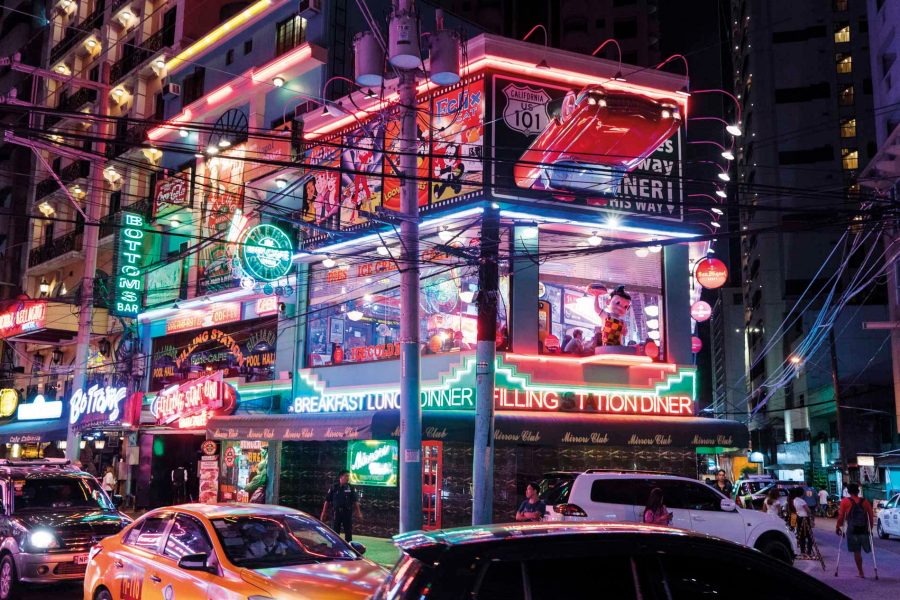On a quiet Sunday afternoon, as the sunset on the Pasig River washes the city in gold, Escolta, the former financial district of Manila, can still make you think it’s in its pre-World War II prime. When that sunset casts a glow on the street’s remaining art deco buildings – survivors of the city’s many upheavals – you can understand how this street could have felt like the centre of everything half a century ago.
Once dubbed the ‘Queen of Manila Streets’, Escolta was home to banks, big business, government offices, and the most elegant boutiques this side of the South China Sea. But after World War II, as newer, shinier neighbourhoods sprouted around Metro Manila, Escolta fell into disarray and decay. By the 2010s, it was just another rundown street in a city not short of them. Too far from the centre of business, too out of way from the rest of Manila’s cultural scene: what was Escolta good for?
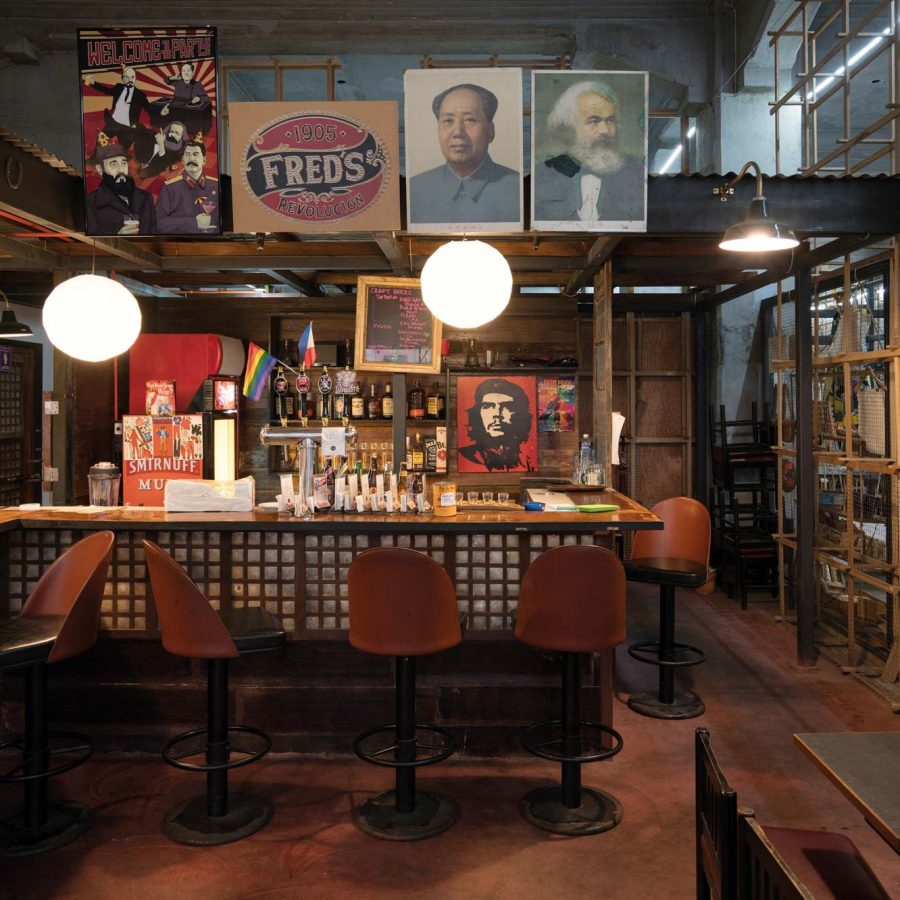
Credit: Sonny Thakur
A new generation of Filipinos, however, saw potential. In 2012, the art collective 98B Collaboratory was attracted by the district’s heritage, beauty and relatively affordable rent, and decided to take a chance and relocate to Escolta.
‘While its recent state may feel like a lost cause for a lot of people, for artists and creatives, we see beauty and potential,’ says Marika Constantino, 98B’s executive director. The artist-run initiative would occupy the First United Building , a 92-year-old art deco beauty that over the decades has housed everything from the consulates of Spain, France and Panama to Berg’s Department Store, once Manila’s most exclusive shopping destination. It has now become the centre for Escolta’s latest cultural renaissance.
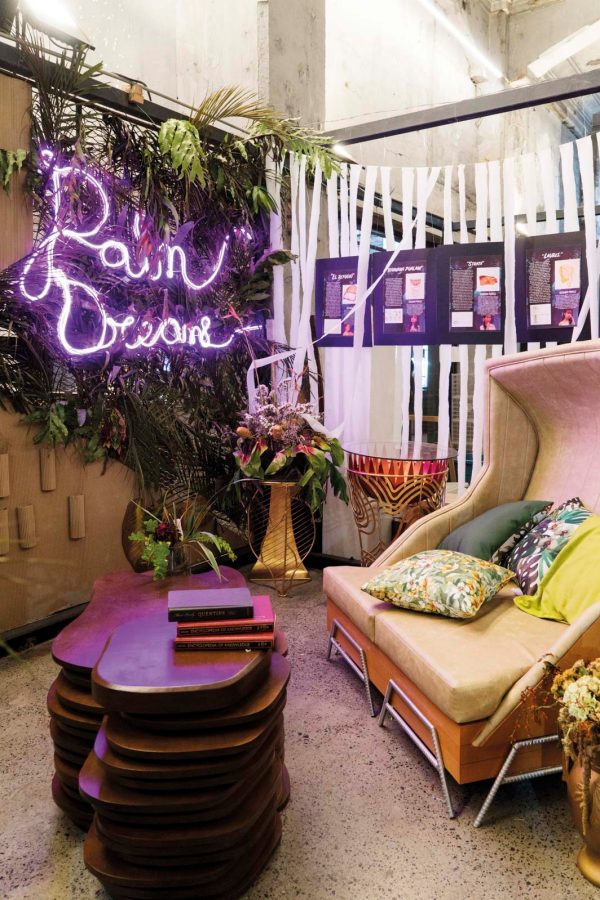
Credit: Sonny Thakur

Credit: Sonny Thakur
A group of young creatives and heritage preservationists have rallied behind the district and invested in the First United Building. Tenants include The Den , an industrial coffee shop; HUB: Make Lab , a retail playground highlighting artists and artisans; and the offices of creative businesses like branding agency Public School Manila and architecture firm One/Zero . In collaboration with open-minded landlords, they have infused an old building with relevance and vitality.
‘The neighbourhood is lovely and the architecture is great,’ says Arts Serrano, the young architect behind One/Zero who co-owns the cafe as well as a coworking space on the top floor. New ideas become reality ‘thanks to the supportive entrepreneurial environment the First United Building is trying to foster’.
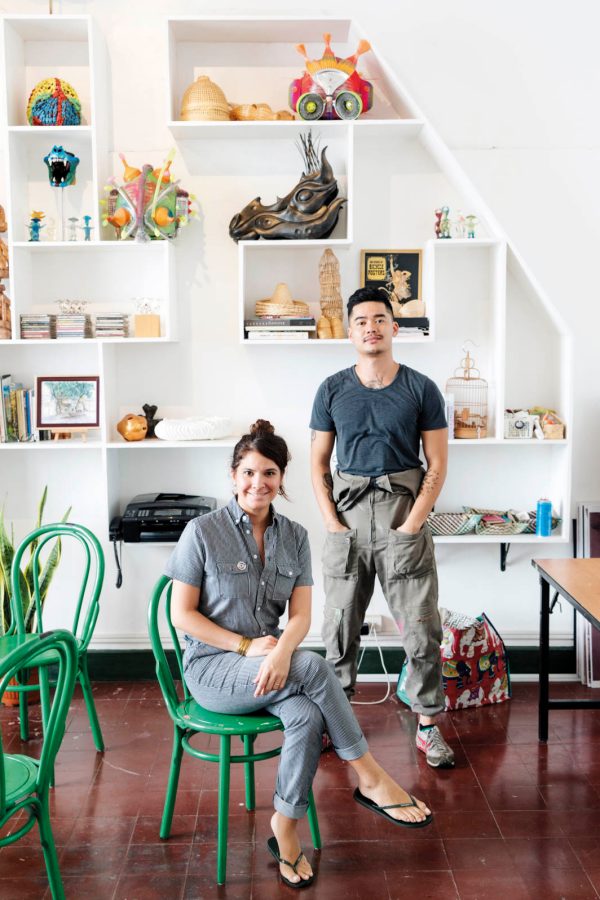
Credit: Sonny Thakur

Credit: Sonny Thakur
Escolta isn’t the only area experiencing this cultural revival. Poblacion – Makati’s oldest baranggay (district) – has always been considered the shameful dark side to the Philippines’ financial centre. While central Makati boasts major banks, corporations and shopping centres, there was a time when Poblacion was known as the red light district, thanks mainly to the sometimes shady, always thrilling P. Burgos street and its neon lights and massage parlours.
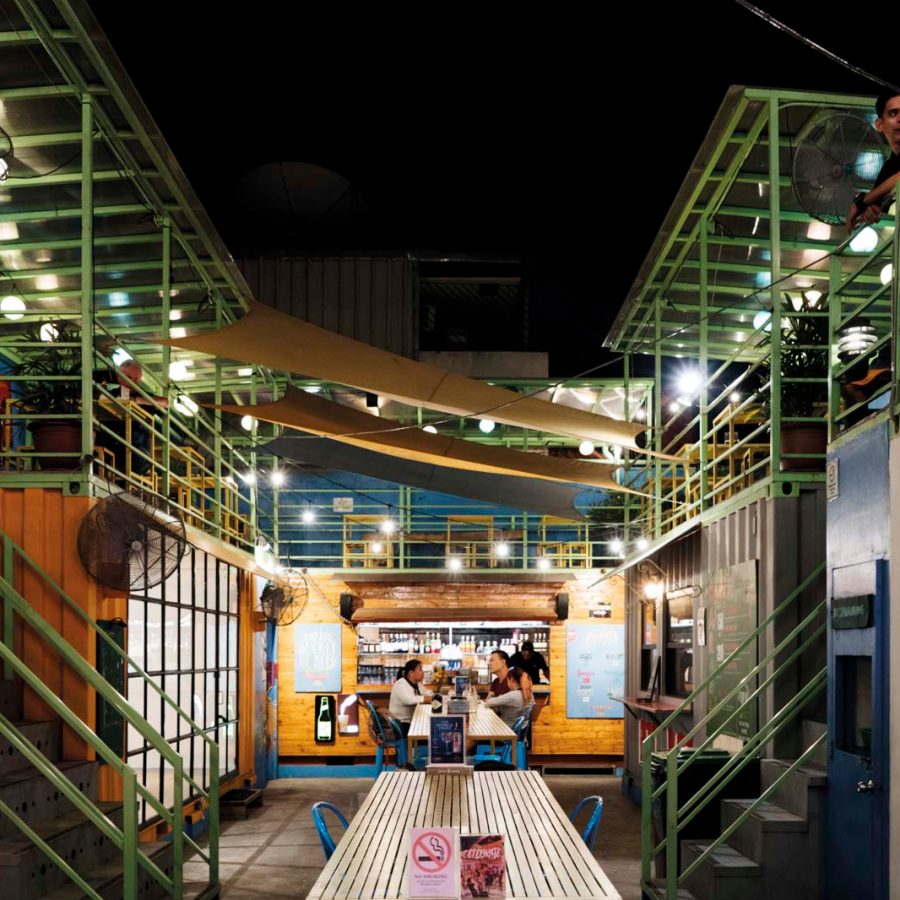
Credit: Sonny Thakur
‘I’ve lived here in Poblacion since I arrived in Manila in 2011,’ says Dee Jae Paeste, an artist who runs the retail space KAPWA Studio, as well as The Starving Artist Tour of Poblacion. ‘At the time, no one thought you could actually open a respectable spot here, but it was exactly what this place needed to take on a new cultural and culinary life.’
Poblacion’s new life really started when El Chupacabra , a taqueria, opened in 2013 and built a cult following. Suddenly, everyone from bankers to students and families was coming to Poblacion. Its success signalled to prospective businesses that there was more to Poblacion, and soon other concepts followed.

Credit: Sonny Thakur
‘There is a community of creatives who are choosing to live, work and play in Poblacion,’ says Jodinand Aguillon of Pineapple Lab , a multi-disciplinary gallery that’s helping shape Poblacion’s creative community. ‘Many are also part of the reverse diaspora of arts practitioners coming home to the Philippines to be more connected to the complex identity of being Filipino, and creating avenues to collaborate with local, homegrown artists.’
Filipino takes on yakitori (Tambai ), hidden jazz bars in people’s flats (The Apartment) and leather workshops that serve coconut gin (The Workshop ) all reside in Poblacion now. ‘It’s a choose-your-own-adventure,’ says Jodinand. ‘Leave room for surprises along the way.’
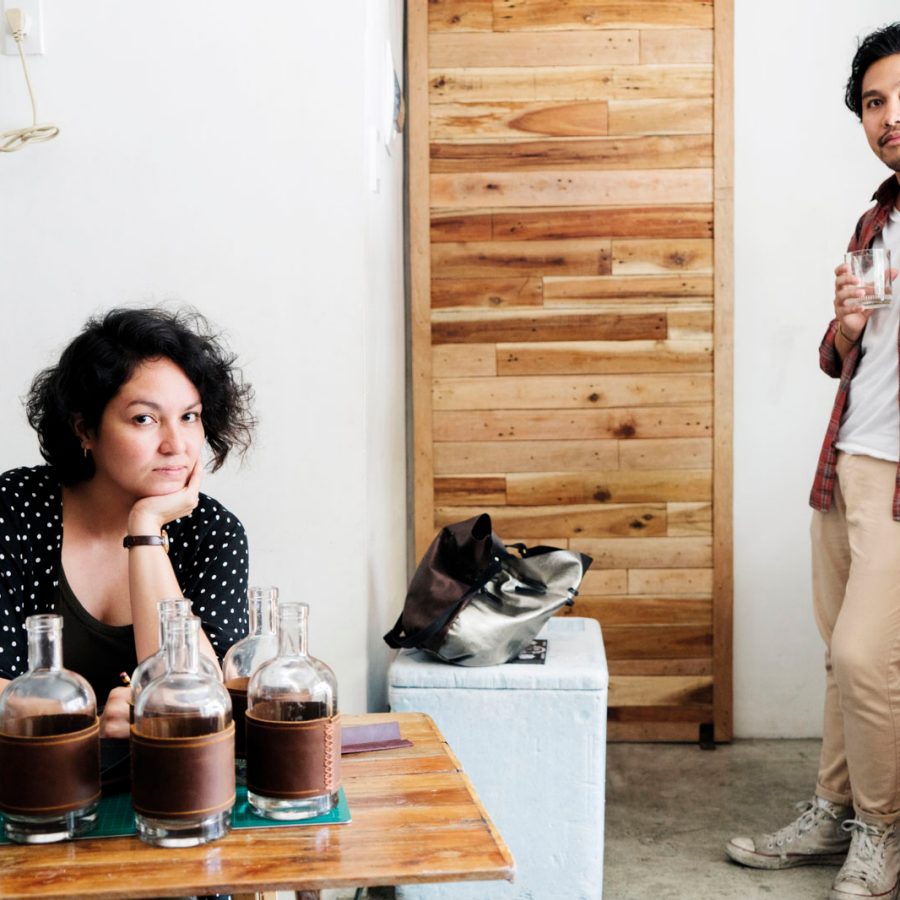
Credit: Sonny Thakur
It’s a higher-end transformation that’s taken place at The Alley at Karrivin Plaza , a property at the end of busy Chino Roces Avenue that was occupied by a long-vacant warehouse.
‘There was an empty badminton court with geometric designs on plywood for walls,’ says Mara Coson, The Alley’s founder. ‘I just wanted to see if this shell could be used for art spaces because of its height and size.’
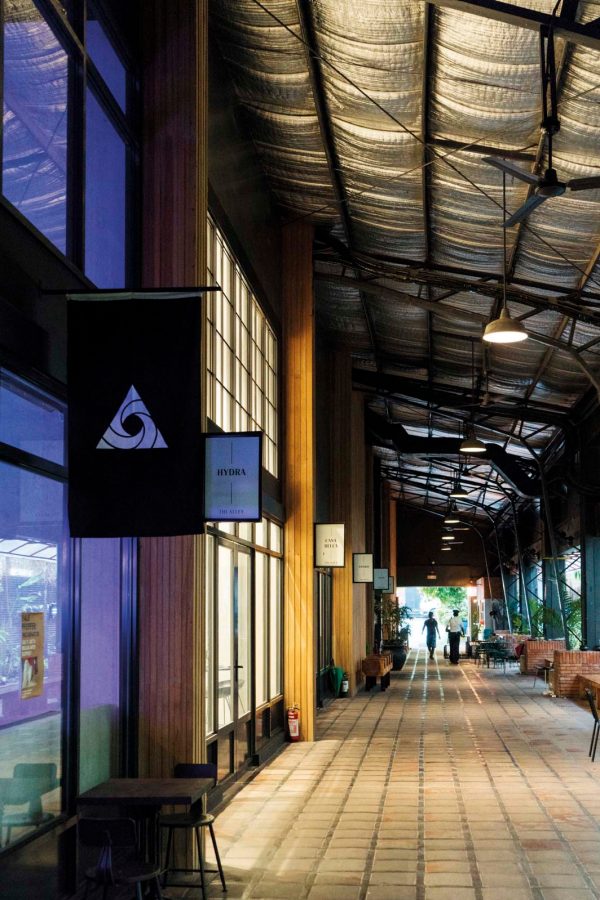
Credit: Sonny Thakur
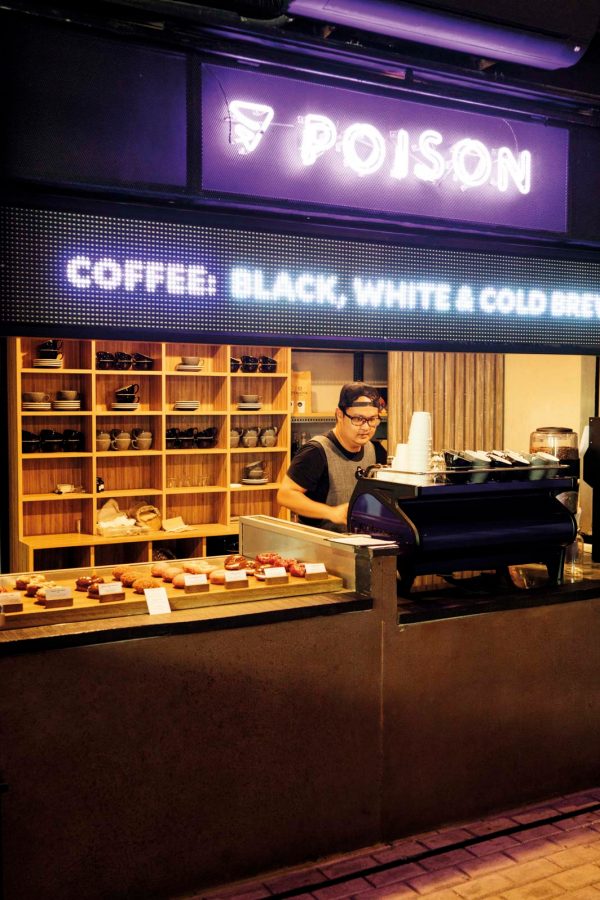
Credit: Sonny Thakur
From the abandoned warehouse, The Alley has transformed into a well-curated hub that’s testament to the local cultural scene’s increasingly world-class refinement. Toyo Eatery , the Filipino restaurant by Jordy Navarra that was named a Miele One to Watch by Asia’s 50 Best in 2018, is located here, as well as Belles Artes Outpost , a non-profit art initiative that recently showed the first major exhibition in Southeast Asia by influential American artist Bruce Conner. Apart from Belles Artes, three of Manila’s top galleries – 1335Mabini , the Drawing Room and Art Informal – call The Alley home, turning the area into the city’s de facto art district.
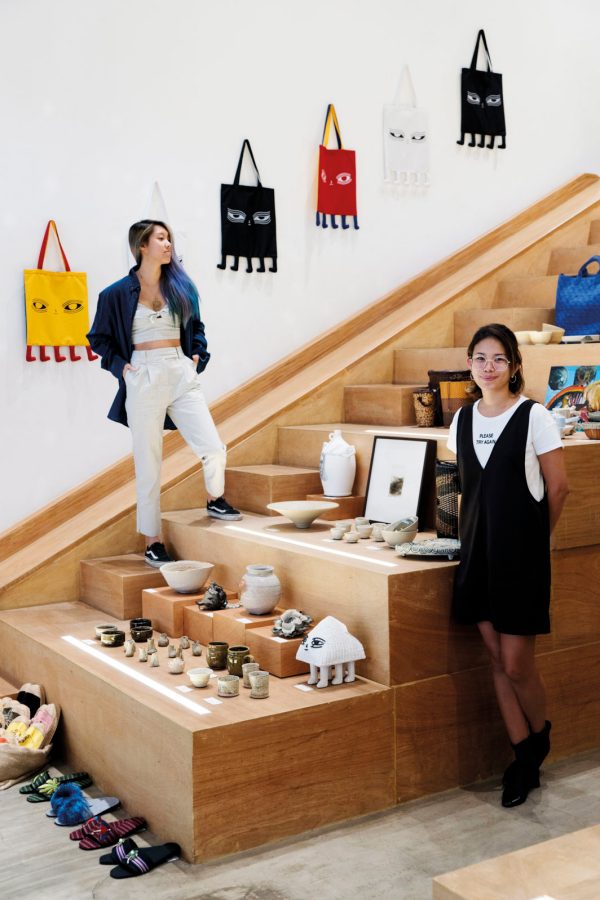
Credit: Sonny Thakur
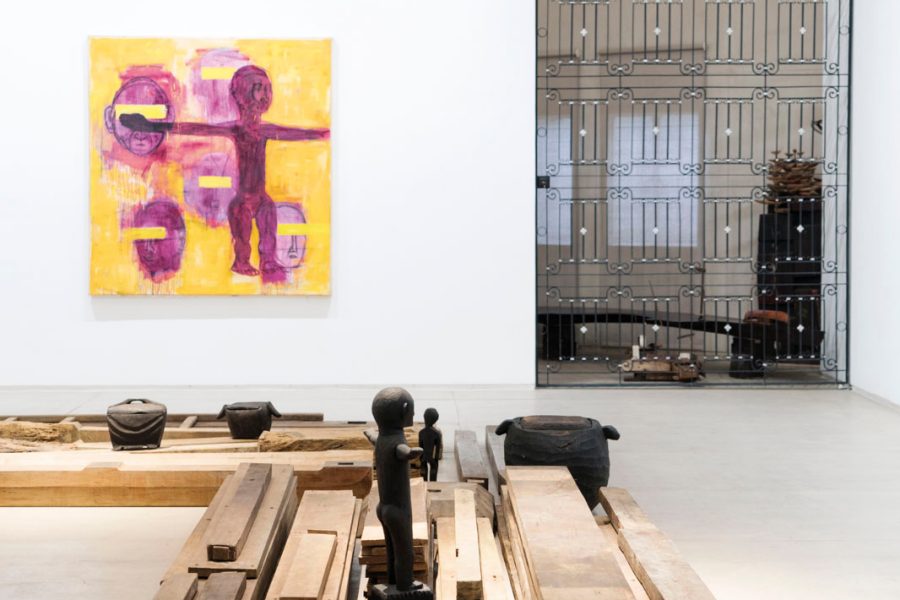
Credit: Sonny Thakur
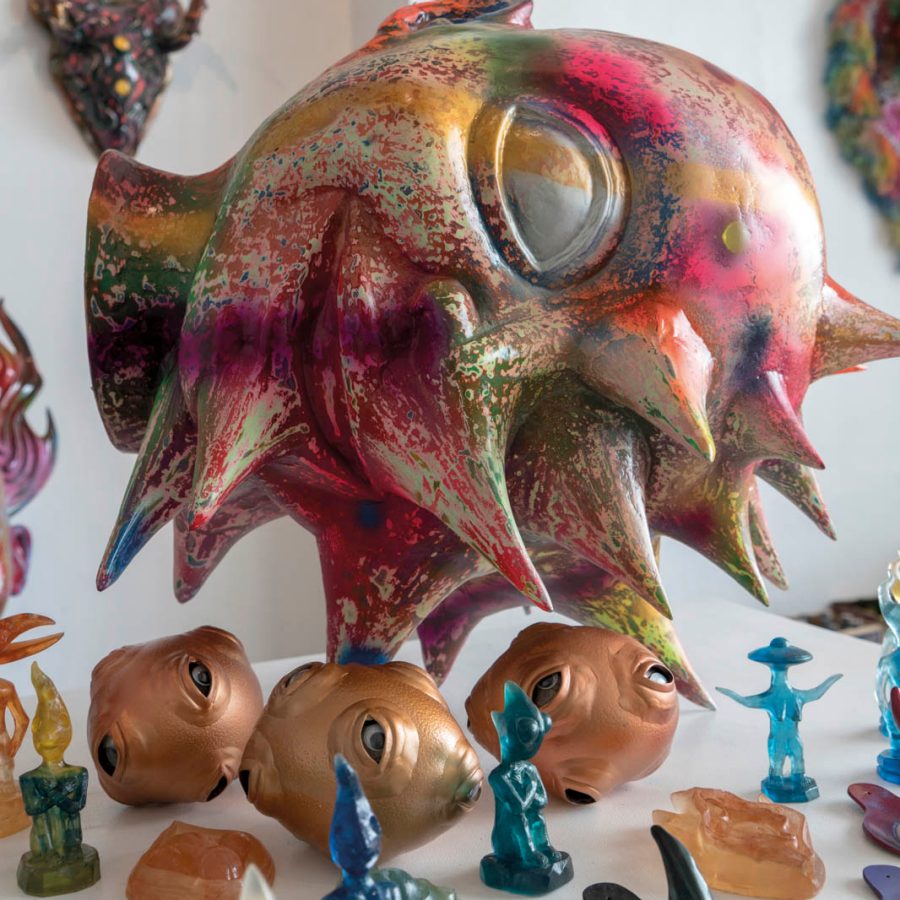
Credit: Sonny Thakur
‘I feel the unifying themes of everyone at Karrivin would be a sense of community and respect for arts and craftsmanship,’ says May Navarra, Jordy’s wife, who oversees Toyo’s restaurant floor. ‘It helps that we are all homegrown shops that highlight local talent and skill, with everyone genuinely appreciating what everyone brings to the space.’
It’s a common thread across the revivals of Karravin, Poblacion and Escolta, all of which have happened largely without government intervention. In a city like Manila, where nothing is a given, beauty is fleeting and disorder is always around the corner, Filipinos have learned to make their own opportunities and their own communities.
This story was originally published in August 2018 and updated in August 2020. Hero image: Sonny Thakur
Manila travel information
- China – the Chinese Mainland, Hong Kong SAR, Macao SAR and Taiwan Region
- Hong Kong SAR - English
- Chinese Mainland (China) - English
- Taiwan, China - English
- 香港特別行政區 - 繁體中文
- 中国內地 - 简体中文
- 中國台灣 - 繁體中文
- Africa
- South Africa - English
- Asia
- Bangladesh - English
- Korea - English
- Singapore - English
- Cambodia - English
- 한국 - 한국어
- Sri Lanka - English
- India - English
- Malaysia - English
- Thailand - English
- Indonesia - English
- Maldives - English
- ประเทศไทย - ภาษาไทย
- Indonesia - Bahasa Indonesia
- Myanmar - English
- Vietnam - English
- Japan - English
- Nepal - English
- Việt Nam - tiếng Việt
- 日本 - 日本語
- Philippines - English
- Australasia
- Australia - English
- New Zealand - English
